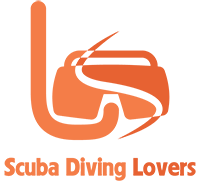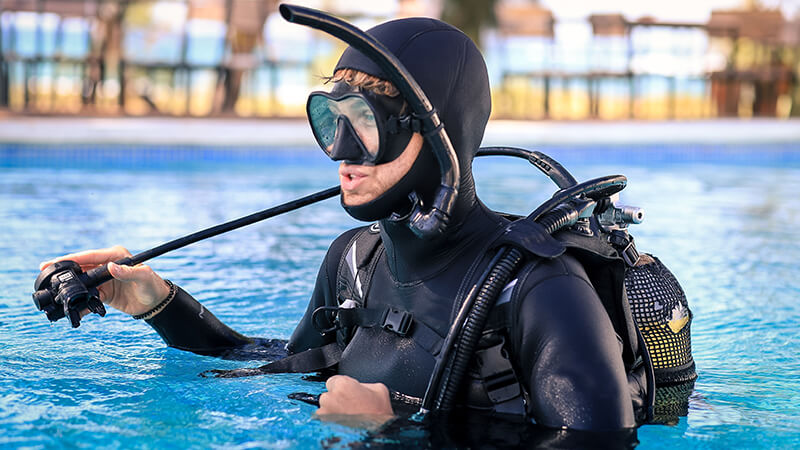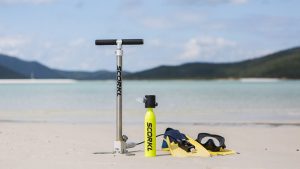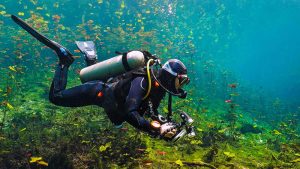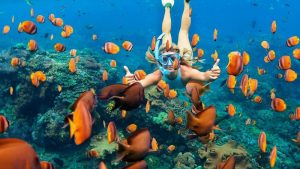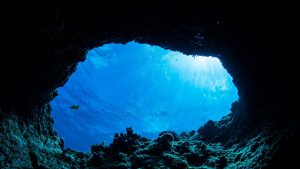Diver certifications are a must for all those who want to get into diving. The PADI open water course teaches the basics of this adventure and those who want to become divers will get to experience all steps required to master theoretical and practical skills.
The course is first set in a pool. It is here that divers get to practice a few basic drills under a controlled environment. Once this has been accomplished, they get the ability to move towards open waters, where all of those skills are put into practice.
PADI open water certifications are the world’s most recognized. While there are no hard-to-reach must-haves, it is required that all participants are actually in good physical shape. All participants need to be 10 or older. This means even kids and teenagers can actually take part in the course and get to master the basics of diving. No previous experience is required from the participants. All they need is to handle swimming and to be in good enough shape to allow them to partake in the course.
Since the entry barrier is not that high, many participants are at their first open water diving experience. This is why they can take full advantage of the PADI instructors teaching them all about open water diving techniques. Here is how the course is scheduled.
The steps to be taken in the PADI Open Water course
To participate in the course, all future qualified divers need to know there are a few assessment stages. From studying diving alone to actually going to a local pool for diving, these steps are required to get the qualification.
Table of Contents
1. Knowledge development
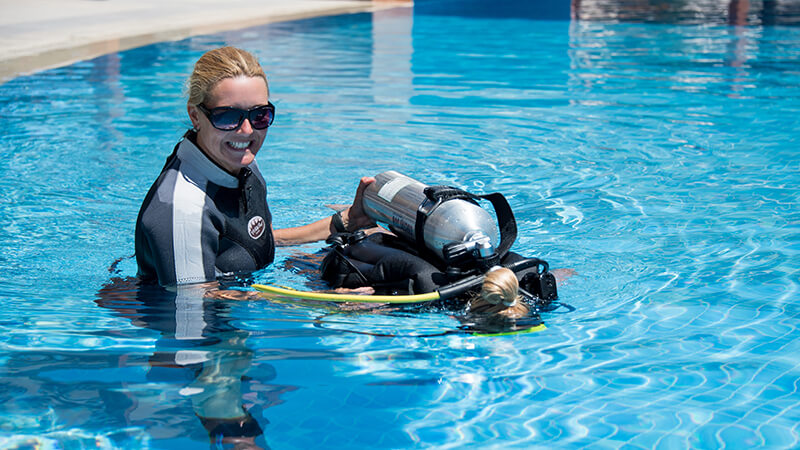
The essential theoretical base of the open water course debuts with an online course. As its name suggests, it doesn’t require participants to attend a physical location. All participants are actually taking part in an e-class via their laptops.
With the main role of teaching the basics of scuba diving, this stage is not meant to teach everything about scuba diving. Its aim is to only teach the basics, just enough so that the safety of the scuba divers is ensured in any location.
2. Confined water dives
Water dives in the pool are a good opportunity to test skills out. From the basic diving tips to learning how to breathe, this is an essential part for many seeking to validate their skills. It will also teach participants a few tips on how to use diving-specific equipment.
3. Open water dives
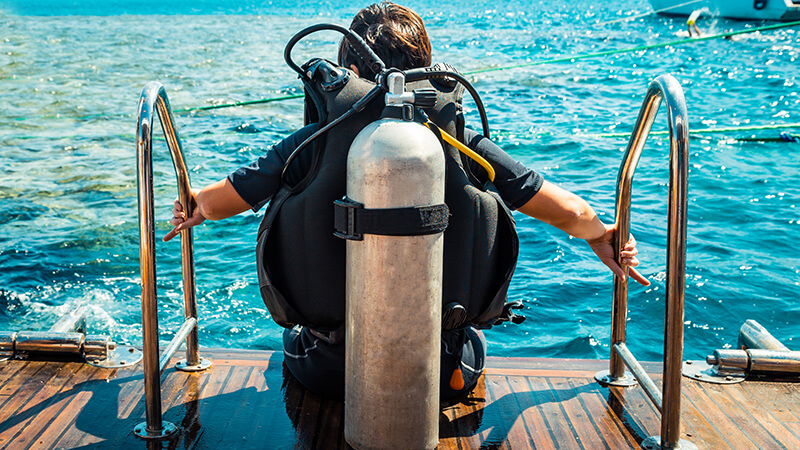
This is one of the most exciting moments of the course. Participants actually get to experience open water and get to apply all the tips they’ve mastered in the first two steps. Furthermore, some students might even get the opportunity to get course credit with the open water dives. Those who might not have time to go through all the steps can also consider the PADI scuba diver qualification.
Equipment needed for the open water course
In the PADI open water course, participants will learn how to properly use basic scuba diving gear. This knowledge is then applied in the third stage of the course, with open water dives.
Scuba masks
Scuba masks are among the most popular types of gear to be considered for open water dives. They allow divers to look at their surroundings underwater. But there are a few principles which can make the difference when it comes to using scuba masks.
For example, a number of participants might be struggling with fogging, which is an issue scuba masks are notorious for. Properly wearing the mask can also ensure there are no leaks. At the same time, the way the mask is chosen to fit certain face types is tackled at this stage as well.
Snorkels
Snorkels can be separated or attached to the open water masks. This is why they can represent one of the most interesting solutions when it comes to breathing underwater. Since there are a few types of fixed and adjustable snorkels, they are discussed during the course.
Fins
Fins help divers get that extra power when it comes to all types of dives. Open water dives require a bit more attention to finds and this is why participants need to look at how they influence the overall success of a dive.
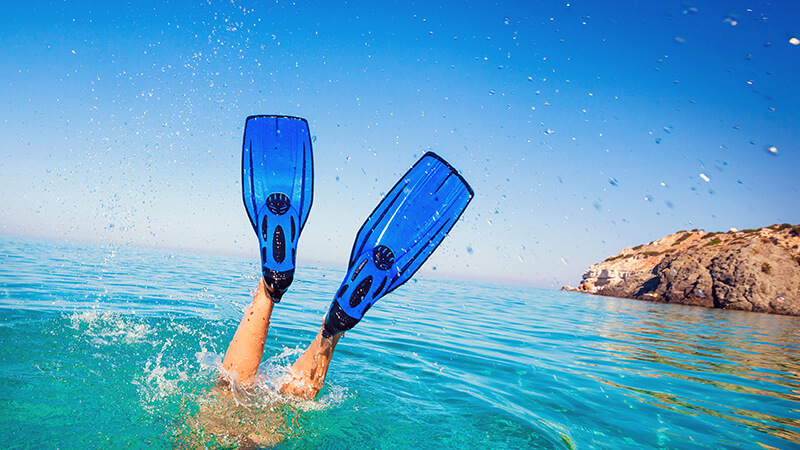
Oxygen tanks
Oxygen tanks are crucial for open water dives. From compact to large tanks, there are a few basic elements to master. Opening up a tank and being able to read its gauge is a must as they are related to safety. All open water divers should know how to operate oxygen tanks before the end of the PADI open watercourse.
How to learn and prepare for the PADI open water
All required learning materials for the PADI open water are already published. They allow participants to learn from a range of materials. An official app is available for download. Books and DVDs complete the resources of the course. All of these materials are mostly handed over to participants to read and learn on their own and they are used in addition to the class schedule.
Final words
The PADI open water course is already the most popular option in the world. It has millions of certifications issued every year. Its success is not just purely theoretical. Participants get to learn about the important characteristics of open water diving and then they get to put everything into practice.
With modern learning techniques, the course doesn’t allow participants to be present in a certain location during the theoretical learning stage. All participants can learn the theory of open water diving in the comfort of their own home, from the laptop. A PADI instructor is then allocated to each participant to put these learnings into practice.
